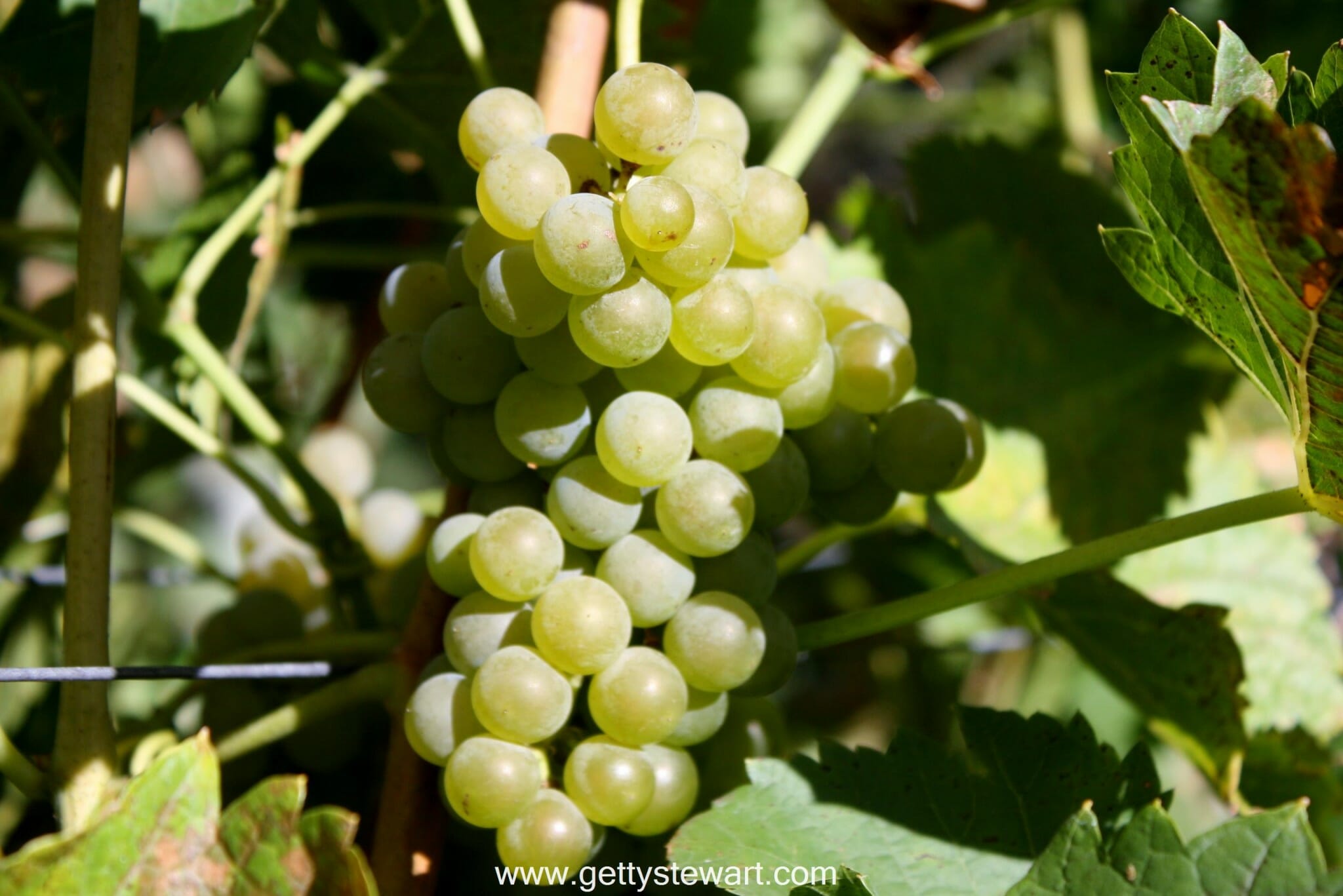Determining the optimal time to harvest grapes is a crucial aspect of vineyard management, as it directly impacts the quality and flavor of the final product. For viticulturists and winemakers alike, the question of when grapes are ready to be picked is one that requires careful consideration and expertise. Timing is everything, as grapes that are picked too early may lack maturity and result in underdeveloped flavors, while those left too long on the vine can become overly ripe and lose essential acidity. In this article, you will unravel the key factors that determine the readiness of grapes for harvest, providing you with the knowledge to ensure that you capture the perfect balance of sugar, acid, and flavor in your vineyard’s harvest.
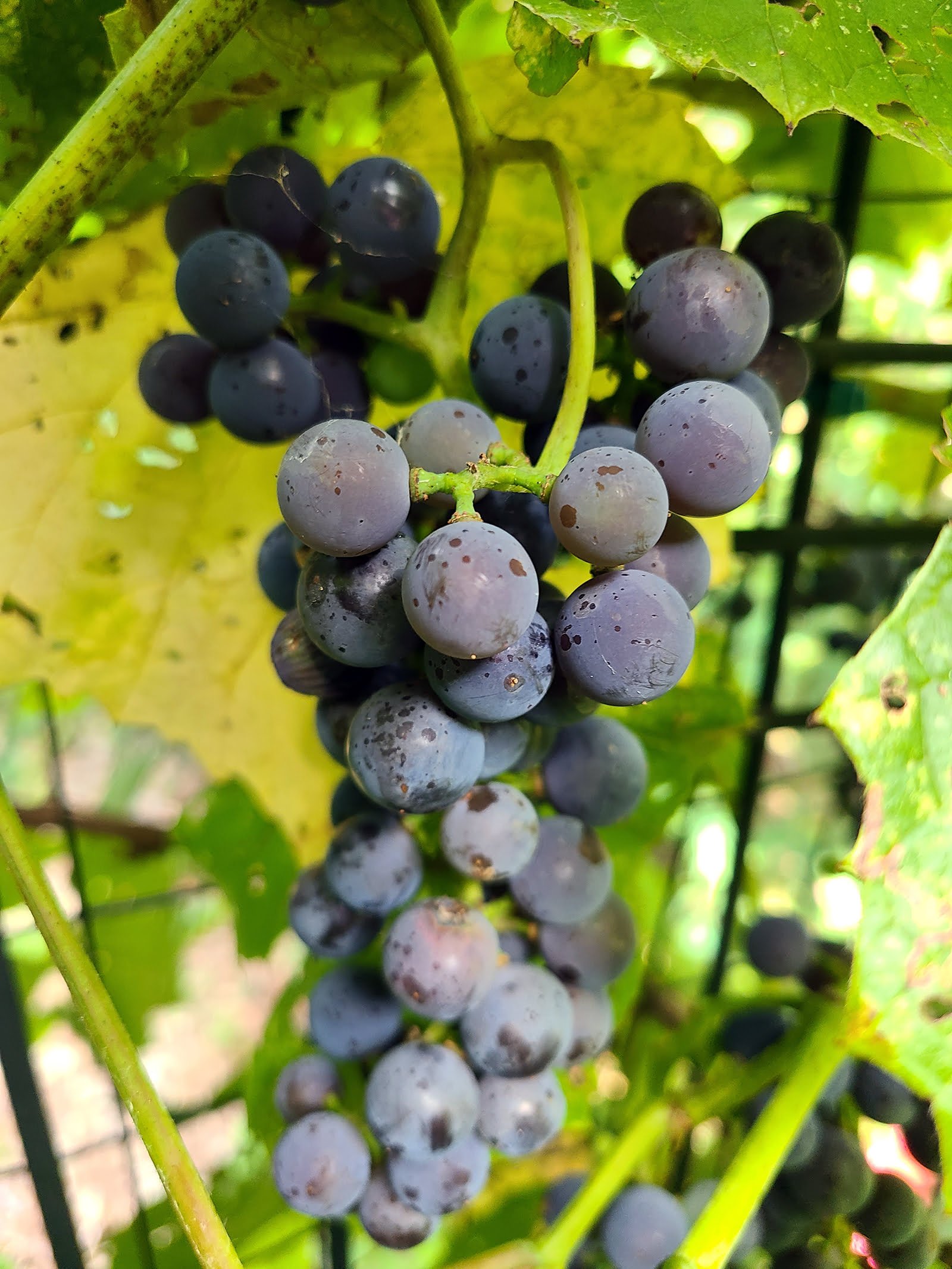
Factors Affecting Grape Maturity
Variety of Grape
The variety of grape plays a crucial role in determining the ideal time to pick grapes. Different grape varieties have different growing seasons and ripen at different rates. For example, some varieties, such as Cabernet Sauvignon, ripen later in the season, while others, like Chardonnay, ripen earlier. It is important to know the specific characteristics of each grape variety and monitor their development accordingly.
Climatic Conditions
Climatic conditions, including temperature, humidity, and rainfall, greatly influence grape maturity. Warm temperatures promote faster ripening, while cooler temperatures can delay it. In regions with a moderate climate, where temperatures are neither too hot nor too cold, grapes tend to ripen gradually and evenly. On the other hand, extreme weather events, such as heatwaves or heavy rains, can have a negative impact on grape maturity and quality.
Soil Conditions
The composition and health of the soil can have a significant impact on grape maturity. Healthy, well-drained soil provides the necessary nutrients for the grapevines to thrive and develop properly. It is important to ensure that the soil pH levels are suitable for optimum grape growth. Additionally, soil moisture levels should be monitored to prevent over or under-watering, which can affect grape maturity.
Sun Exposure
Sun exposure is a critical factor in grape maturity. Grapes need an adequate amount of sunlight to undergo photosynthesis and develop sugars. Excessive shade or lack of sunlight can lead to underripe grapes with low sugar content. It is important to ensure that grapevines are properly trained and managed to maximize sun exposure while minimizing the risk of sunburn on the grapes.
Watering and Irrigation
Proper irrigation is crucial for grape maturation. Adequate water supply during the growing season allows the grapevines to develop healthy leaves and root systems, which in turn support grape development. However, excessive watering or insufficient irrigation can result in diluted flavors and lower sugar content. It is essential to monitor soil moisture levels and provide irrigation based on the specific needs of the grape variety and the prevailing climatic conditions.
Pruning and Canopy Management
Pruning and canopy management techniques impact grape maturity by regulating sunlight exposure and airflow. Pruning involves the removal of unwanted shoots and leaves, which allows for better distribution of resources and increased sun exposure for the grape clusters. Canopy management techniques, such as leaf removal, help improve air circulation and reduce the risk of disease. Careful pruning and canopy management can help promote even ripening and enhance grape quality.
Sight Evaluation for Grape Ripeness
Color Change
Color change is one of the most visible signs of grape ripeness. Red grapes typically change from green to various shades of red or purple as they ripen, while white grapes may develop a yellowish or golden hue. The intensity and uniformity of the color change can provide valuable indications of grape maturity.
Translucency
As grapes ripen, they become more translucent, allowing light to pass through the skin. This is particularly noticeable in red grapes, where the transition from opaque to translucent indicates increased sugar accumulation and flavors.
Firmness
Grape firmness can be an important indicator of ripeness. Ripe grapes are generally firm but not overly hard. Gentle pressure should result in a slight give without squishing the grape. However, it is crucial to note that the ideal firmness may vary depending on the grape variety.
Berry Size
Grape berry size can also be used to evaluate ripeness. Typically, fully ripened grapes are larger in size compared to underripe grapes. However, this can vary depending on the grape variety, as some smaller grape varieties naturally have smaller berries even when fully ripe.
Brix Level
Measuring the Brix level, which represents the sugar content in grapes, is a precise method to assess ripeness. A refractometer is commonly used to determine the Brix level by measuring the grape juice’s sugar concentration. Higher Brix levels indicate greater sugar accumulation and, therefore, increased ripeness.
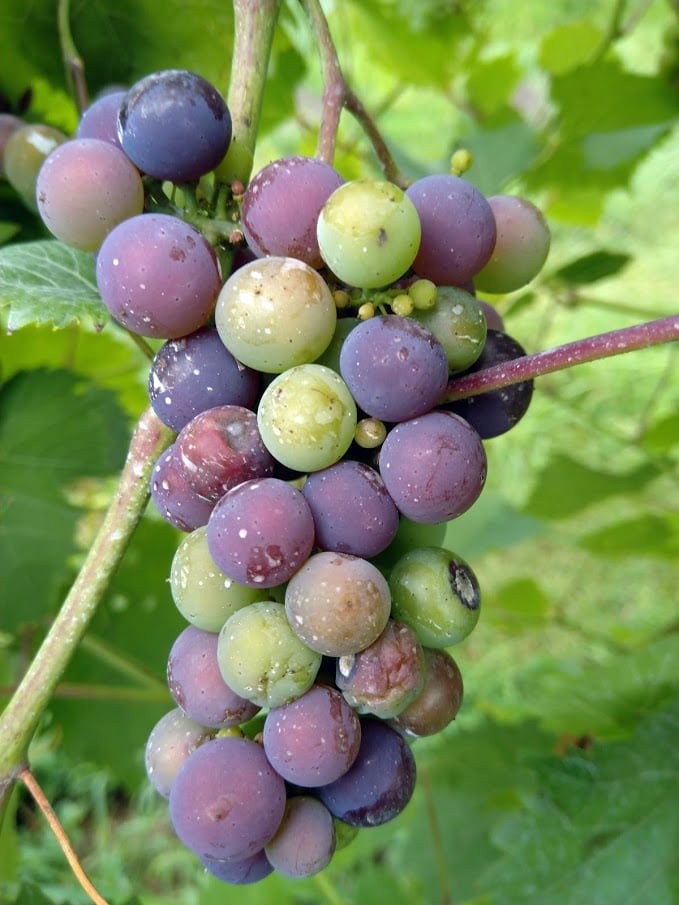
Taste Evaluation for Grape Ripeness
Sweetness
The sweetness of grapes is an essential component of ripeness. Ripe grapes have a higher sugar content, which contributes to their natural sweetness. Evaluating the sweetness can be done by tasting grapes directly from the vine and noting the level of sweetness perceived on the palate.
Flavor
The flavor profile of grapes evolves as they ripen. Underripe grapes may have a more tart or green flavor, while ripe grapes develop more complex and well-balanced flavors. It is important to taste grapes from different clusters and vineyard blocks to ensure consistency in flavor evaluation.
Acidity
Acidity is another crucial aspect of grape ripeness. As grapes ripen, their acidity levels tend to decrease, resulting in a smoother and less sharp taste. Measuring the pH levels of grapes can provide a quantitative assessment of acidity.
Tannins
Tannins are compounds found primarily in the skins and seeds of grapes, contributing to the structure and mouthfeel of wines. The ripeness of grapes affects the tannin levels. Underripe grapes may exhibit harsh or astringent tannins, while ripe grapes provide more refined and balanced tannins.
Physical Characteristics of Ripe Grapes
Softening of the Skin
Ripe grapes generally have a soft and supple skin, which indicates that the grape is plump and filled with juice. The skin should yield gently to pressure without breaking easily.
Easy Separation from the Stem
When grapes are fully ripe, they can be easily separated from the stem. The stem should detach effortlessly with a gentle twist or light pull. Difficulty in removing grapes from the stem may be a sign of underripeness.
Crunchiness of Seeds
The ripeness of grapes can also be assessed by testing the crunchiness of their seeds. Fully ripe grapes typically have seeds that are hard and crunchy. If the seeds are still green or soft, it suggests that the grapes are underripe.
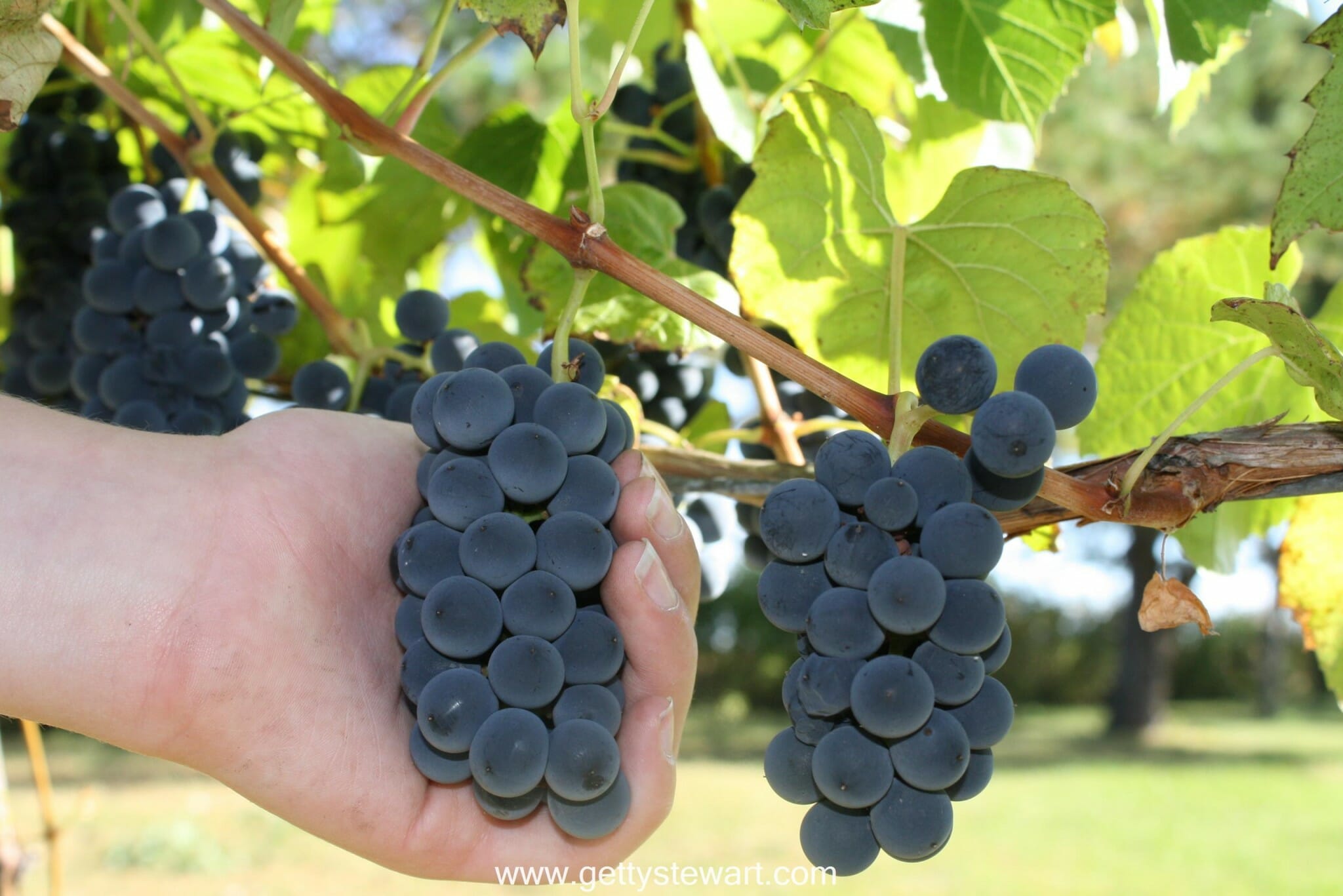
Harvest Timing Considerations
Intended Use of Grapes
The intended use of grapes greatly influences the timing of the harvest. Grapes destined for fresh consumption, such as table grapes, are typically harvested when they reach their optimal level of sweetness and flavor. Grapes intended for winemaking, on the other hand, may be harvested earlier or later depending on the desired wine style.
Desired Wine Style
For winemakers, the desired wine style is a critical factor in determining the harvest timing. For example, grapes destined for sparkling wines are typically harvested earlier to retain higher acidity levels. In contrast, grapes for full-bodied red wines might be allowed to ripen longer to develop richer flavors and softer tannins.
Preservation Methods
The choice of preservation methods, such as refrigeration or immediate processing, can also impact harvest timing. Grapes intended for longer-term storage or market distribution may need to be harvested slightly earlier to ensure they remain fresh and maintain their quality.
Market Demand
Market demand and specific market requirements also play a role in determining the optimal harvest timing. Some markets prioritize early, crisp, and slightly underripe grapes, while others prefer fully ripe and sweeter grapes. Understanding market preferences and adjusting the harvest timing accordingly can help meet consumer expectations and maximize profitability.
Signs of Underripe Grapes
Green and Hard Skin
Underripe grapes tend to have a more greenish hue and a harder texture. The skin may appear less translucent and may not yield easily when gentle pressure is applied.
High Acidity Levels
Underripe grapes often exhibit higher acidity levels, resulting in a more tart or sour taste. Measuring the pH levels of grapes can provide a quantitative assessment of acidity.
Low Sugar Content
Underripe grapes typically have lower sugar content, resulting in a less sweet taste and lower Brix levels. Measuring the Brix level using a refractometer can provide a more accurate measurement of sugar content.
Harsh Tannins
Underripe grapes may contain harsh or astringent tannins, which can contribute to a bitter or drying sensation in the mouth.
Sour Taste
Underripe grapes often have a more acidic and less balanced flavor profile, resulting in a sour or slightly unripe taste.
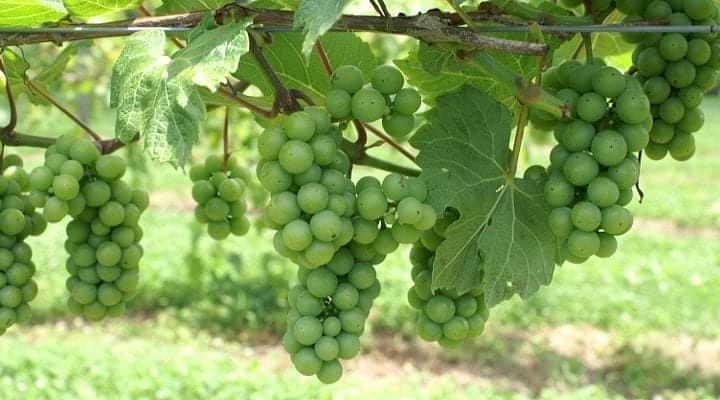
Signs of Overripe Grapes
Diminished Color Intensity
Overripe grapes may exhibit diminished color intensity, with red grapes appearing more brownish or purple-brown, and white grapes becoming more golden or amber in color.
Shriveled and Wrinkled Skin
As grapes become overripe, their skin may start to shrivel and develop wrinkles. This can indicate excessive sugar accumulation and dehydration.
Loss of Acidity
Overripe grapes tend to have lower acidity levels, resulting in a less vibrant and bright flavor profile. The loss of acidity can contribute to a flabby or flat taste.
High Sugar Content
Overripe grapes have significantly higher sugar content, which can lead to a sweeter taste and higher Brix levels.
Loss of Freshness
Overripe grapes may exhibit signs of oxidation or fermentation, leading to a loss of freshness and undesirable off-flavors.
Techniques for Testing Grape Maturity
Brix Measurement
Brix measurement involves using a refractometer to determine the sugar concentration in grape juice. This provides an objective measurement of grape ripeness based on sugar content.
pH Testing
Measuring the pH levels of grapes using a pH meter or pH strips provides a quantitative assessment of acidity. Monitoring pH levels allows for more accurate evaluation of grape ripeness and flavor development.
Taste Testing
Tasting grapes directly from the vine is a subjective but effective method of evaluating ripeness. This method allows for an assessment of sweetness, flavor, acidity, and tannin levels.
Seed Hardness Testing
Testing the crunchiness and hardness of grape seeds can provide an indication of grape ripeness. Fully ripe grapes typically have seeds that are hard and crunchy, while underripe grapes may have green or soft seeds.
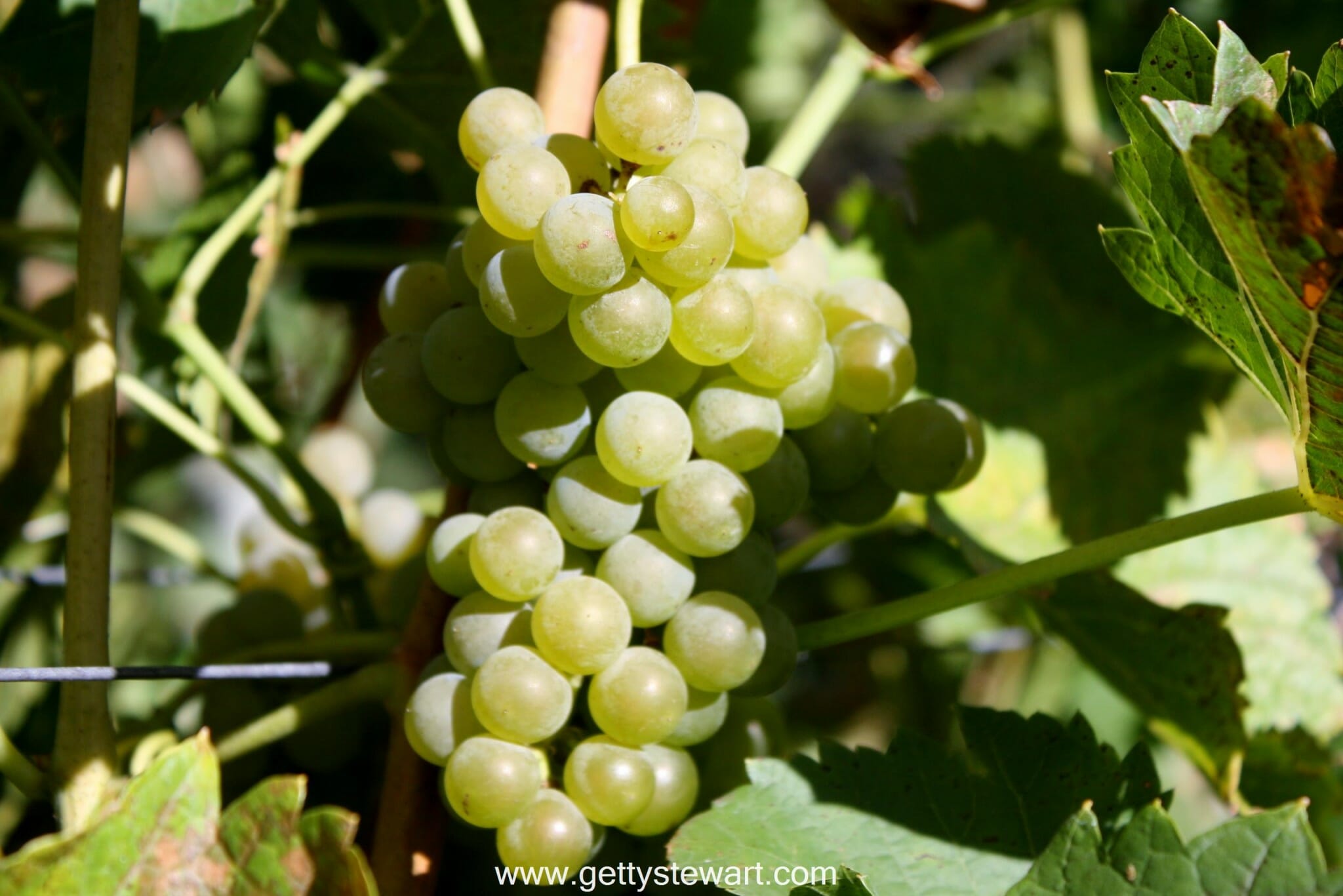
Timing for Different Grape Varieties
Table Grapes
Table grapes are typically harvested when they achieve a balance between sweetness and acidity. Different varieties of table grapes have different ripening times, so it is important to monitor each variety closely to determine the optimal harvest timing.
Red Wine Grapes
Red wine grapes are generally harvested when they reach their peak ripeness to achieve optimal color extraction and tannin development. The desired flavor profile and style of the red wine also play a role in determining the specific harvest timing for each grape variety.
White Wine Grapes
White wine grapes are typically harvested earlier than red wine grapes to retain higher acidity levels. This allows for the production of fresher and more vibrant white wines. The ideal ripeness for white wine grapes is when they have reached their desired balance between sugar content and acidity.
Dessert Wine Grapes
Dessert wine grapes, used for producing sweet wines, are generally harvested when they have undergone a process called “noble rot” or “botrytis cinerea.” This fungus causes the grapes to dehydrate, concentrating their sugars and flavors. Harvesting dessert wine grapes at the right time is crucial to achieve the desired level of sweetness and complexity.
Importance of Proper Harvesting
Impact on Wine Quality
Proper harvesting is paramount to ensuring the quality of grapes and, consequently, the quality of the resulting wines. Harvesting grapes at the optimal level of ripeness contributes to the development of well-balanced flavors, desired sugar and acidity levels, and appropriate tannin extraction. The choice of harvest timing directly impacts the overall quality and characteristics of the wine.
Preserving Grape Integrity
Timing the harvest appropriately helps maintain the integrity of the grapes. Overripe or underripe grapes can negatively impact the grape quality and compromise the final product. By carefully monitoring grape maturity and understanding the specific requirements of each grape variety and style of wine, winemakers can ensure that the grapes are harvested at their peak condition.
Avoiding Losses and Waste
Harvesting grapes at the right time minimizes the risk of losses and waste. Overripe grapes may become susceptible to disease or damage, which can result in significant losses. Additionally, underripe grapes may not reach their full potential in terms of flavors and sugar content, leading to a lower-quality product. Properly timing the harvest allows winemakers to maximize the use of their resources and minimize unnecessary waste.
In conclusion, grape maturity is influenced by various factors, including the grape variety, climatic conditions, soil conditions, sun exposure, watering and irrigation, pruning and canopy management. Evaluating grape ripeness involves visual inspection, taste evaluation, and assessing physical characteristics. Signs of underripe grapes include green and hard skin, high acidity levels, low sugar content, harsh tannins, and a sour taste. Signs of overripe grapes include diminished color intensity, shriveled and wrinkled skin, loss of acidity, high sugar content, and loss of freshness. Techniques such as Brix measurement, pH testing, taste testing, and seed hardness testing can be used to assess grape maturity. The optimal harvest timing varies depending on the type of grape and intended use. Proper harvesting is crucial in ensuring wine quality, preserving grape integrity, and avoiding losses and waste. By understanding and closely monitoring the factors affecting grape maturity, winemakers can make informed decisions and produce exceptional wines.
